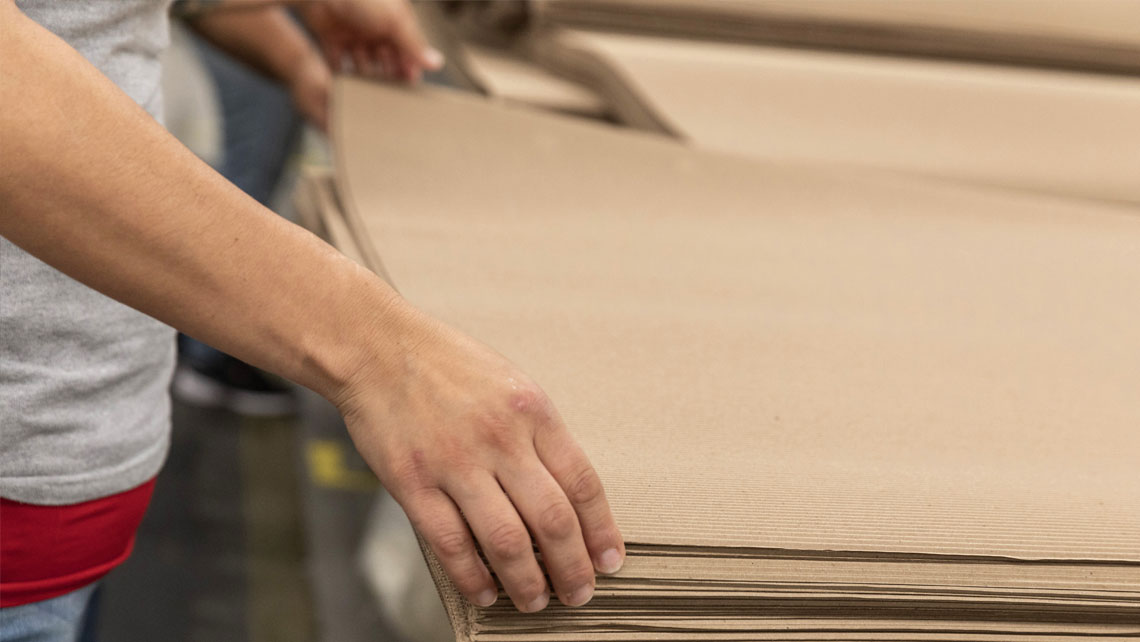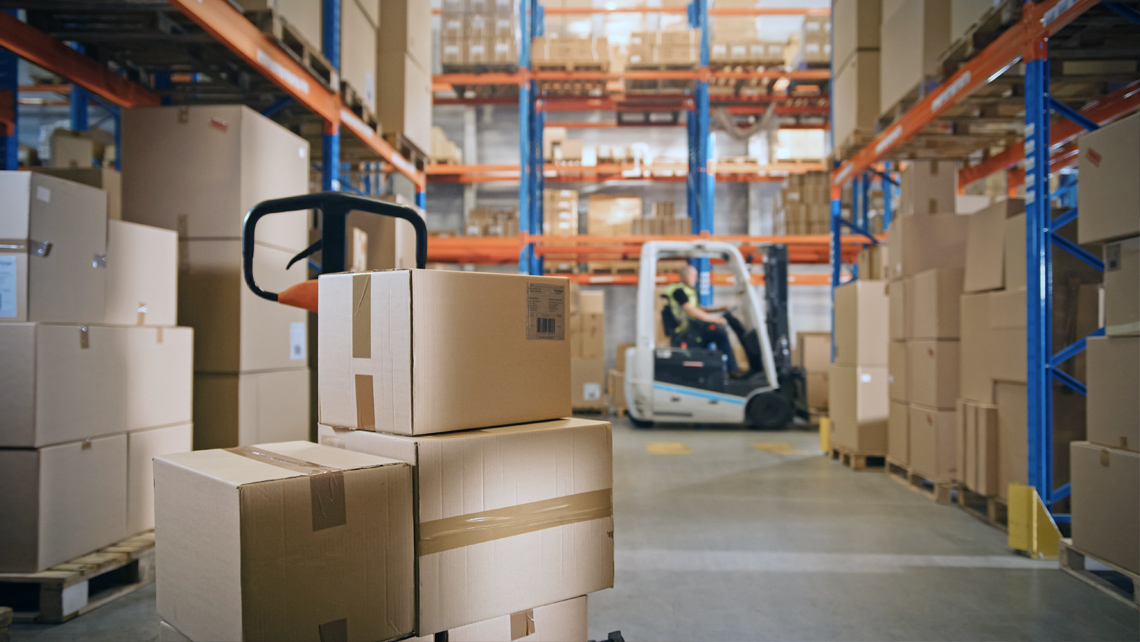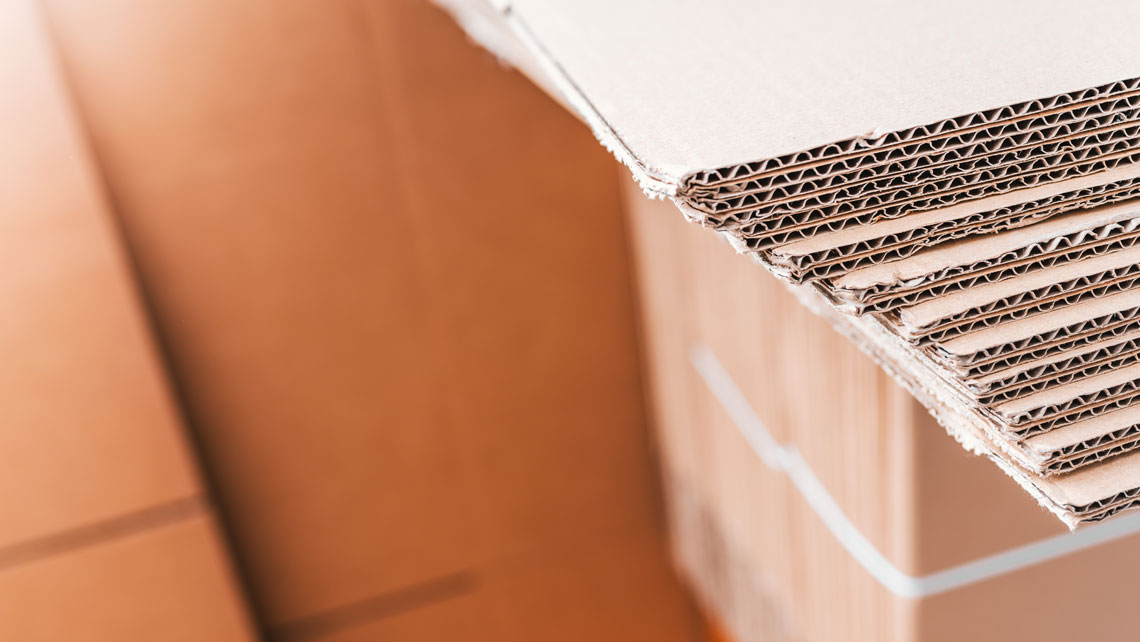One of David’s and colleagues’ recent successes is from a North American mill that produces corrugated medium. The customer was looking to improve the strength properties of the board and increase machine speed. David and the Kemira team introduced the patented combination of GPAM (glyoxalated polyacrylamide) strength additive and structured silica sols, a program that suits the challenges of recycled paper and board grades particularly well.
“And it worked so well, even better than expected! The chemist in me gets so excited when I see these kinds of results and above all, the huge impact that the optimal chemical program can have in our customer’s operations,” David enthuses.
The mill was able to achieve both of their targets for quality and speed. They reduced basis weight while maintaining and improving strength properties. With increased machine speed, their productivity went up 6–10% depending on the produced grade. What’s more, the holistic chemical program improved retention performance and e.g. reduced white water solids build-up 10–30%.
For this customer mill, the net return on the investment made was more than a million dollars a year.
“Our GPAM strength technologies can perform in the most demanding process conditions. Our structured silica further boosts performance by improving retention and drainage, balancing charge, and stabilizing wet end conditions. There have been cases where you can actually see the wet end clean up or watch the foam disappear from the machine. That’s when you know it’s really working!”
For this customer mill, the net return on the investment made in the strength chemical was more than a million dollars a year.
“By introducing the optimal strength chemical, we can help our customers cut down their overall chemical spend, decrease their energy usage, or reduce off-spec production. When we succeed, the value is indisputable and supports our customers’ competitiveness and success.”
Turning strength into value
The demand for efficient strength solutions is going up as papermakers are operating in an increasingly competitive environment. They need to produce lighter sheets with improved strength properties. OCC and mixed waste furnishes are used more and more while the quality of recycled fibers is going down. The reduction of fresh water consumption and the closed water loops on paper machines lead to increasingly demanding process conditions. In the industry, fine paper machines are being converted into board machines, which brings its own set of unique challenges.
“This is a great time to be working with papermaking strength chemicals!” David sums up, clearly excited to take up the challenge.
At the end of the day, it’s not strength that we provide to the customer, but value: fiber or chemical savings, basis weight reduction, and increased production, for example.
“Kemira is in a good position to support our customers as we have a broad portfolio of strength additives to choose from, with a variety of molecular weights and charges. For example, the GPAM technology has been constantly developed so that today we can offer a product with the highest charge, highest solids, and longest shelf-life to our customers,” says David, who is currently part of a team working on the next generation of Kemira GPAM strength aids.
“And at the end of the day, it’s not strength that we provide to the customer, but value: fiber or chemical savings, basis weight reduction, and increased production, for example. A well-designed strength program can bring many operational benefits to the customer’s production. That’s where the application expertise comes into play: you need to be able to find and tailor the optimal solution for each mill’s specific need.”
Transparency to complicated papermaking process
David has been working in the industry ever since graduating with degrees in chemistry and chemical engineering in 1990 – first a couple of years at a paper mill, and now already 27 years in the chemical industry in different roles: in sales and sales management, in equipment management redesigning chemical feed systems, and as an application specialist.
“I have always enjoyed solving problems, and papermaking is one of the most complex processes there is. One could easily miss the forest for the trees: if you put too much focus on one part of the process, something happens elsewhere and jeopardizes the efficiency of your production.”
For the problem-solver, data on process conditions and chemical application performance is crucial. Kemira’s KemConnect Digital services help build transparency and predictability to the complicated papermaking process. For David, the real-time monitoring and control services are another way of providing unique added value to the papermakers.
Let’s take retention control as an example. Retention performance is directly connected to paper machine speed and runnability and it also impacts the performance of other functional chemicals. Poor retention can cause loss of fibers and fillers, impact strength, and increase chemical cost and deposit-related problems.
With the KemConnect service, it’s possible to continuously measure total solids and filler consistency and monitor retention performance with real-time first pass retention calculations. The automated measurements and reports allow optimization of operations and even help predict sheet characteristics. There is also a solution that provides a real-time view into the hydrophobic particle load and its agglomeration tendency in the wet end, to help prevent deposit-related issues and poor runnability.
A collaborative effort that makes a difference
On top of solving the trickiest customer challenges, David says the best part of his work is teamwork. Without the competent Kemira team, the customers’ problems would be left unsolved.
“It’s not just about the application expertise or the right chemical products. Our excellent logistics team makes sure that we deliver right and on time. The capabilities that we have in our R&D for e.g. laboratory analysis, both in terms of people and equipment, are crucial. There’s a whole lot happening behind the scenes for the customer. It’s a collaborative effort, and we are particularly good at that at Kemira.”
“It’s the people, both our own and the customer’s experts you work with, who make going to work worth it, every day,” David says.



